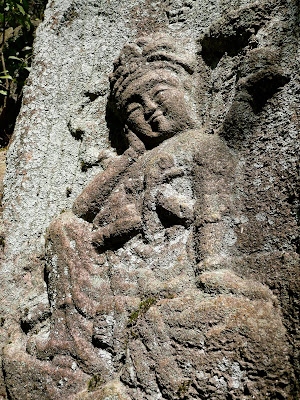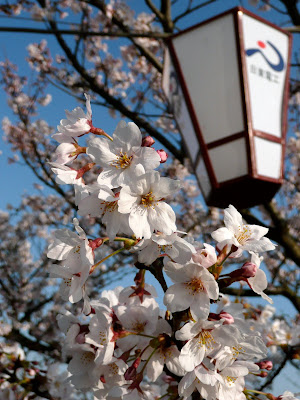I was in the Fuji Grand department store near my house, in the kids' section, where there are a bunch of stickers and notebooks. A child's address book on the bottom shelf caught my eye and when I picked it up, this is what greeted me on the front cover:

Well, you can see it for yourself. A baby's ass with a smiley face drawn on it exclaiming "Nice to meet you!" as it hovers over a big city skyline, a little girl above the baby's butt informing us "It's so cute!" and a baby boy in the corner with the commentary "Oh My God!" and "Shit! My hip is the monster..."
NO CLUE what any of this is about.
Let's turn it over to see the back cover, shall we?
 Yo! Yo! Check it up! "My hips were monster when getting up in the morning!!"
Yo! Yo! Check it up! "My hips were monster when getting up in the morning!!"
 Yo! Yo! Check it up! "My hips were monster when getting up in the morning!!"
Yo! Yo! Check it up! "My hips were monster when getting up in the morning!!"On the inside were several pages of very amusing stickers. You can click the pictures to enlarge these.


I do have to admit that the baby wearing the bat ears saying "Ga Ha Ha Ha Ha!!" is awfully cute. But is he a bigger charmer than the baby in the bottom right corner with a butt that proclaims "I'm hungry"?
Also love the stickers in the bottom right corner here with the blank baby's face stating "Unbelievable!", as well as the baby bottom saying "Feel so good!"
I was tempted to buy this but I really didn't have any use for a child's address book, and the rings in the binder were such that I didn't think I could find other blank pages to insert. So for a few minutes I was just the weird gaijin photographing stuff in the notebook section. This embarrasses Joe, but it really doesn't bother me.





























































